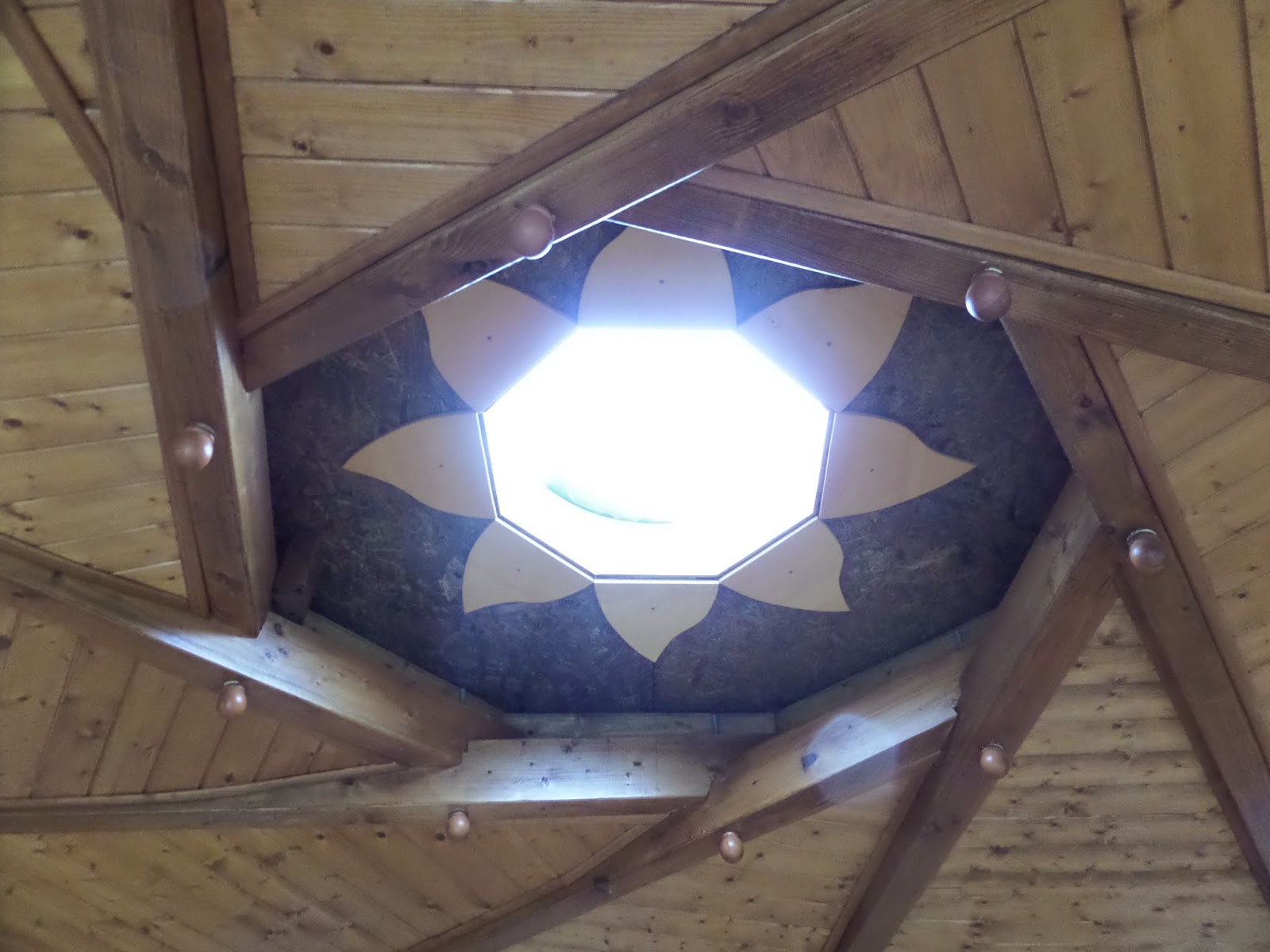MĪND-FŪL-NĚS
A big part of my decision to travel to Spain to learn the practice of Mindfulness, was to become familiar and comfortable with the Spanish vocabulary around the practice - to practice with the words that actually make sense - that aren’t cute or even ridiculous, but speak to the essence of this practice, in Spanish, so I can bring it to the HIspanic community in Milwaukee and beyond.
The first obstacle, was to translate the word itself. Mindfulness. When I asked my friend Emilia, who lives in Madrid, she smiled and said “ Mind-fool-ness“ , with the cutest little smile and head bob on the “mind” part. LIke so many terms, the American or English word has been imported into the language completely. Well, mind-fool-ness seemed like a complete cop-out to me, so of course, I looked deeper. Most translations use the word plena which means full, so Plena Conciencia is Full Consciousness. and Atención Plena is Full Attention. Both good ways to describe Mindfulness with circumlocution: using a description to describe a term that can’t be translated directly.
The other issue that will be a big change for me will be the verb forms. When teaching Yoga in Spanish, I have always used commands - usually the formal, plural ones - to instruct a class. "Bend your right knee over the little toe side of the foot. Pull your shoulder blades down away from your ears. Relax the jaw." But mindfulness isn’t about telling students what to do. Mindfulness is an invitation to notice what is happening, in present moment awareness. The instructions are an invitation to move and then notice what you feel. To notice where the mind goes, what emotions move through the body, what stories develop in the mind. And then come back to the present moment in the two anchors of the Body and the Breath.
So instead of telling the class what to do, my job is more that of a facilitator. The verbs are either in the familiar 2nd person present form - notice what you feel (personally) or perhaps the 1st person plural (we- or nosotros form) which can be more like “Bending our right knee, notice what you feel”. This kind of instruction places the responsibility on the student to notice if they need to make an adjustment, or pay attention to the tightness in the jaw. However, this doesn’t mean that students are simply encouraged to stay in their habits, like shoulders up by the ears. Kathy Ward, the creator of Mindful Yoga, explains the benefits of invitational language as a way of encouraging students to Wake Up! to their practice instead of mindlessly doing what their teacher tells them to do as they day dream, or plan, or remember. I find the languaging equally challenging in English - after a decade of teaching didactically. Kathy further explains. “Mindfulness isn’t about fixing. And it certainly isn’t about doing. If you lead a Vinyasa Flow class, mindfully, everyone will be moving at a pace that makes sense for their individual intentions. You still encourage safe practice, and letting go of old habits in Body or MInd, and then you step out of the way and let them explore.”
The follow-up questions are invitational too, and based on the Eight Attitudinals: 1. No Juzgar - Non Judgment 2. Aceptación - Acceptance 3. Mente de Principiante - Beginners MInd 4. No esforzarse - Non-striving 5. Ceder - Letting Go 6. Paciencia - Patience 7. Confianza - Trust 8. Auto-Compasión - Self Compassion. Each of these words, translated, comes with a barrage of cultural contexts, that may or may not make sense to the participants. “You’ll need to do a lot of explaining, especially with words like Compasión - the cultural understanding of the word is more about pity than heartfelt taking care of yourself,” explains Bodhin. He explains how he’s constantly learning from Adelina (his wife), a native of Valencia. Later that afternoon, she leads me through a body scan in Spanish, and I’m completely pulled in by her poetic languaging. I really want to surround the discomfort in my solar plexus with paciencia, sin juzgar, y con curiosidad. As the body scan ends, I fervently scribble vocabulary in my notebook. Bodhin laughs and says with great compassion, don’t worry so much about the words. You’re obviously not a native speaker. They’ll be patient and non-judgmental with you too, if they’re truly open to practicing MIndfulness. The fact that you’re here, willing to try to communicate this work is enough for now. Fluency will come on its own.” So is he reminding me to treat MYSELF compassionately also? To release any striving and trust the process? But I”m the teacher! ………….. oh yeah. I’m the Mindfulness Teacher. The best teaching I can do is to extend the philosophy to myself. Now there’s a challenge!





